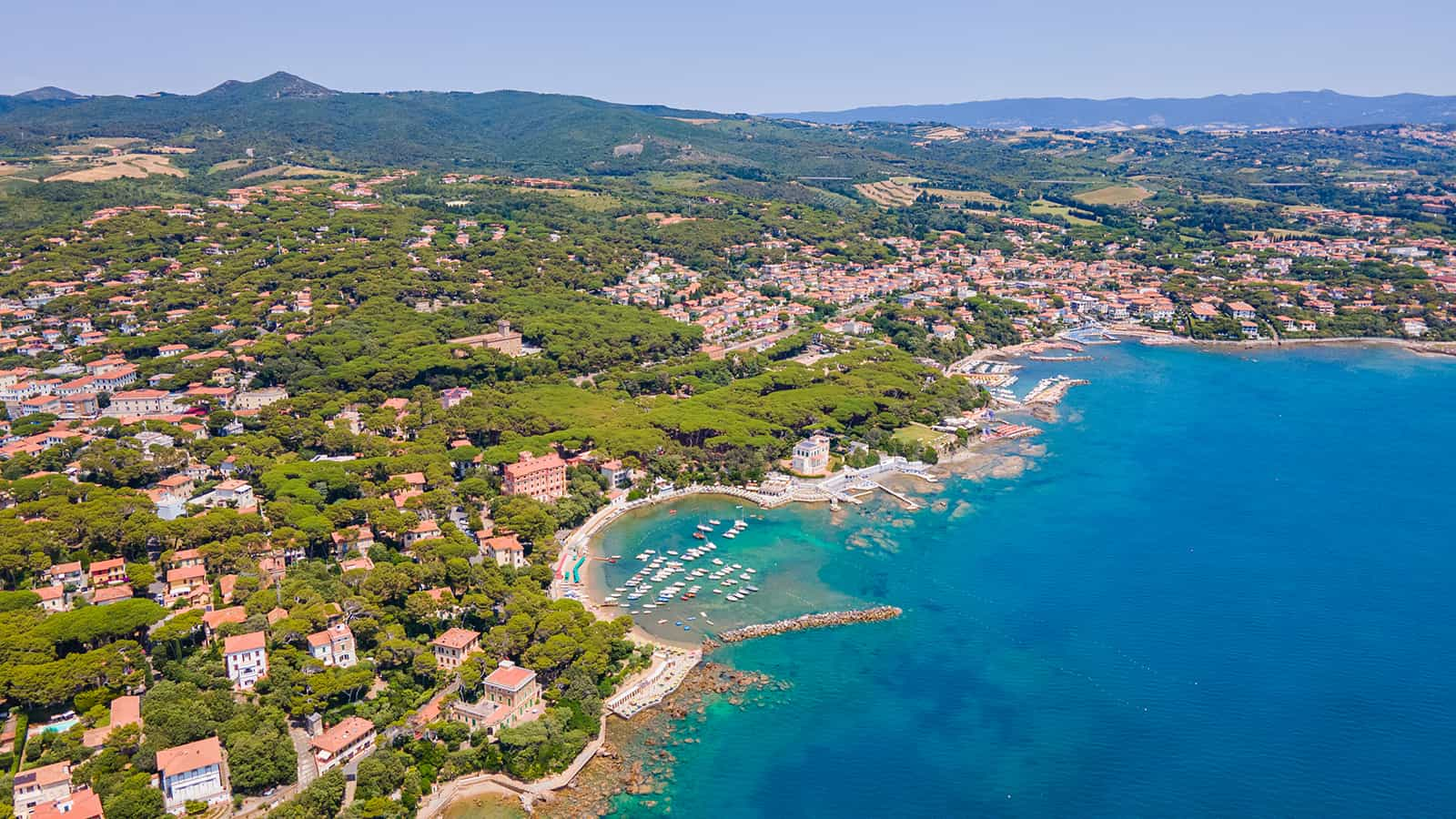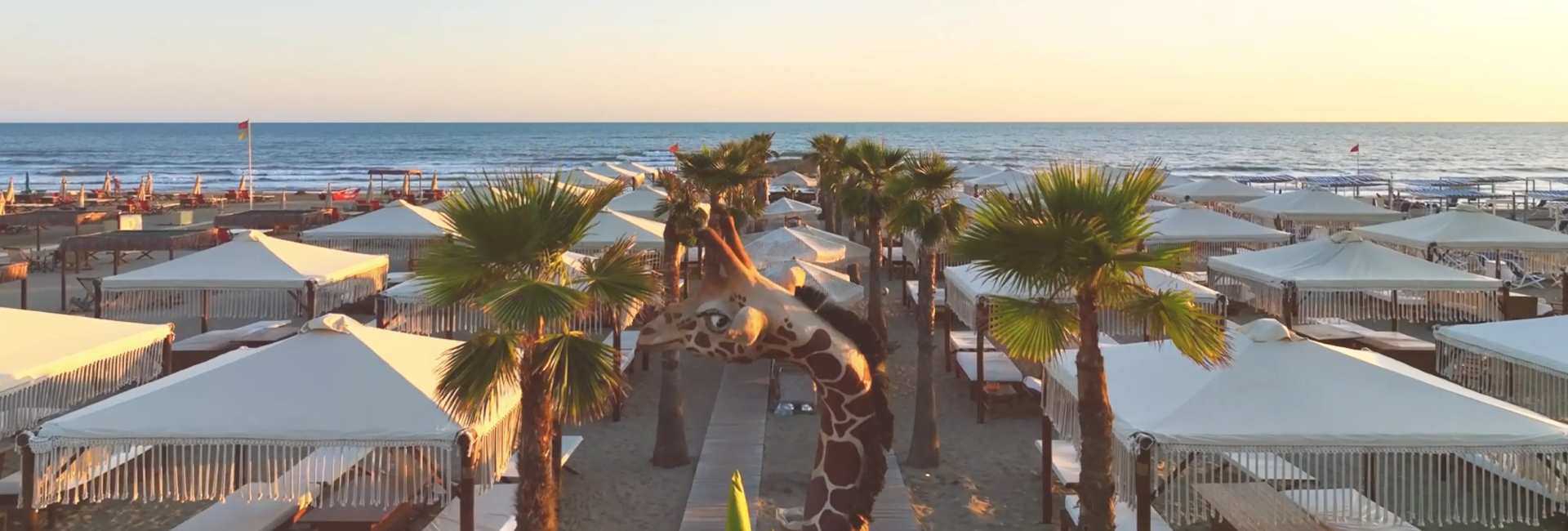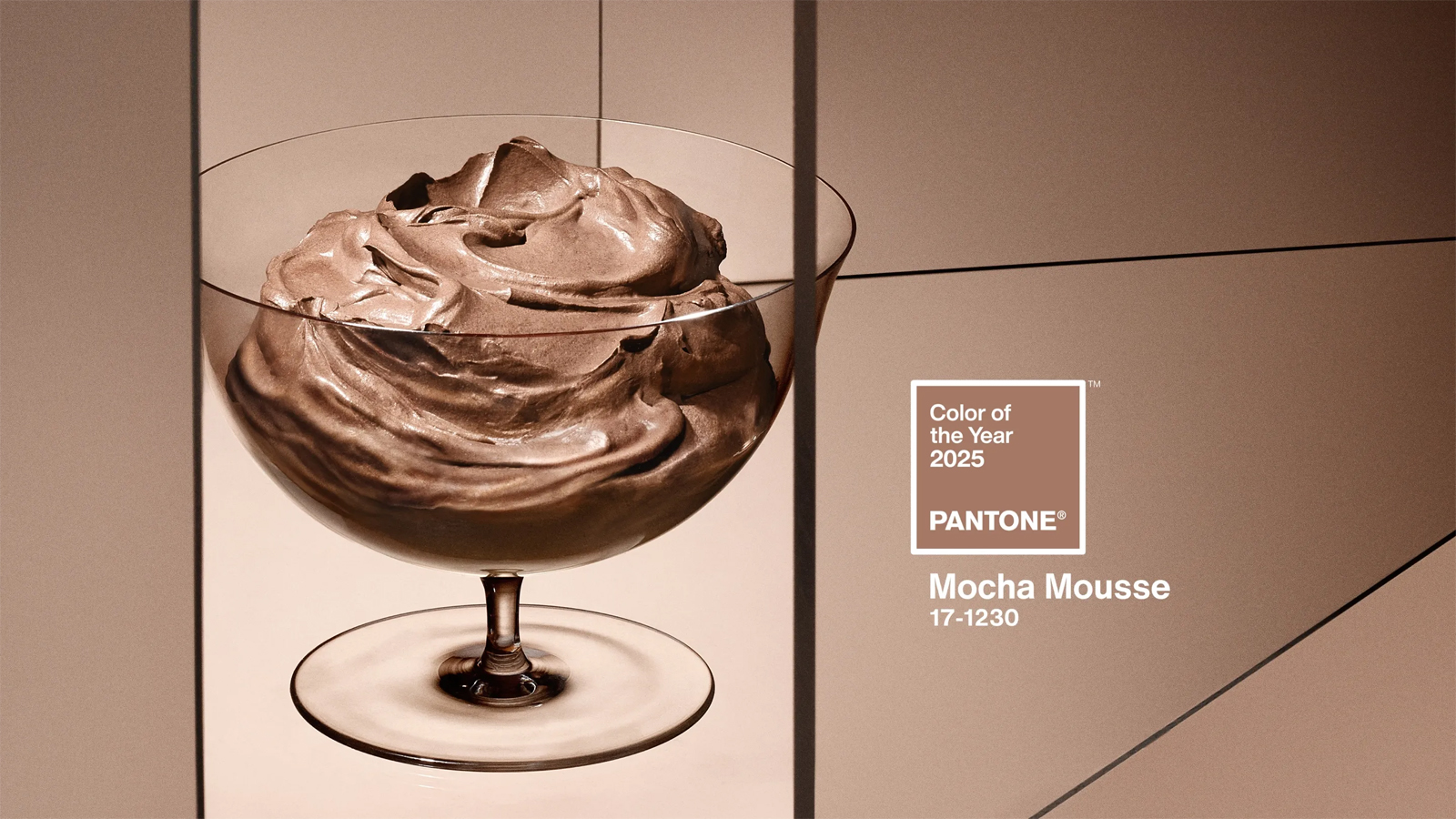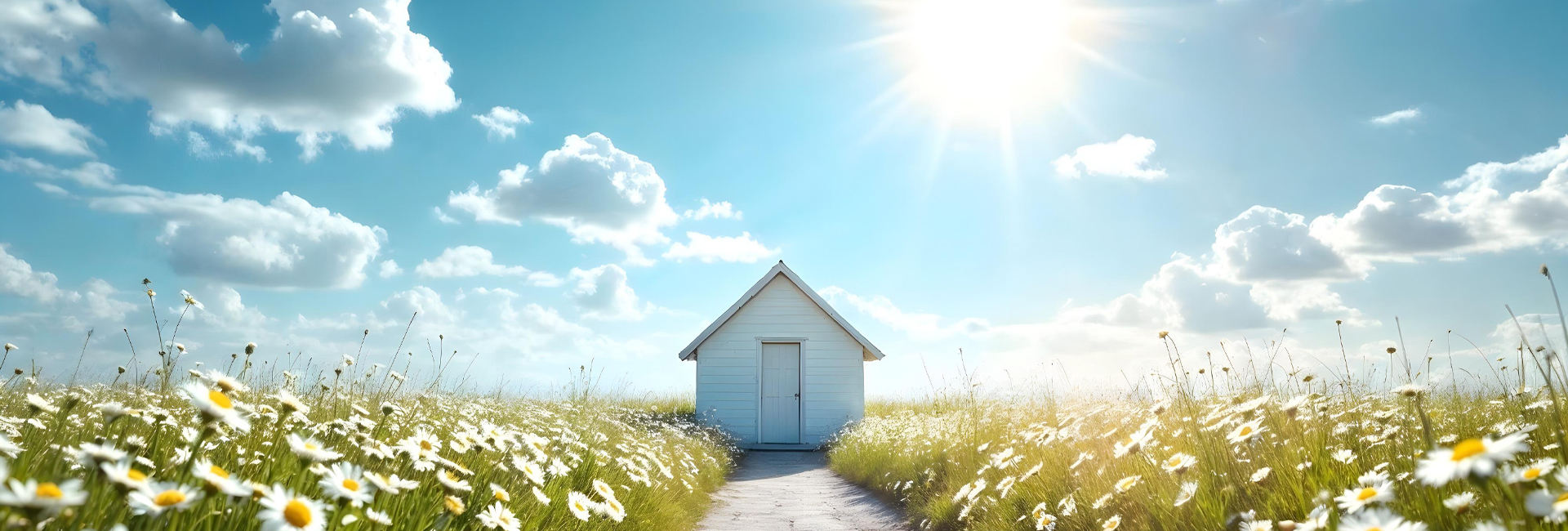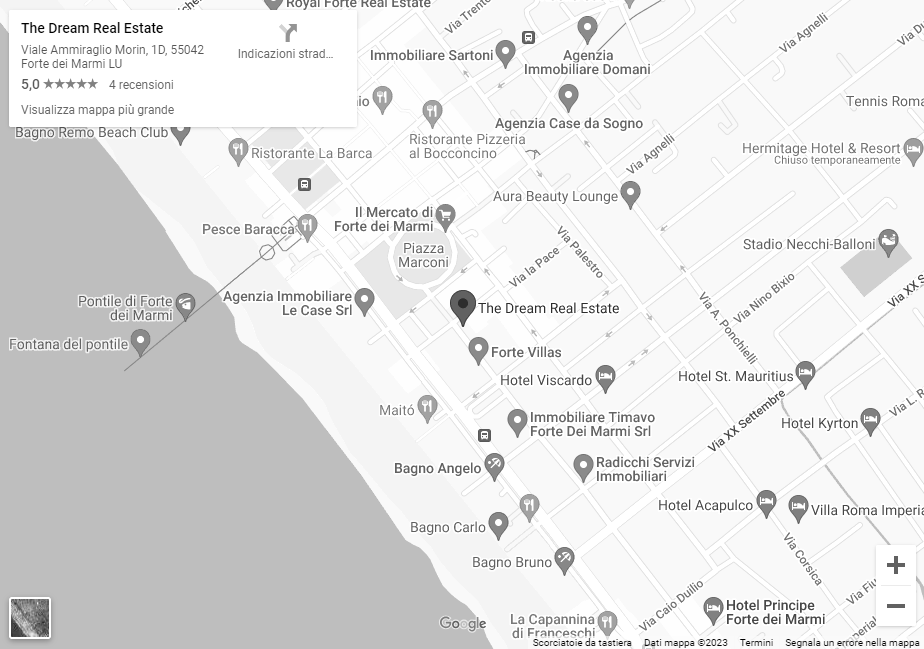History
The Tuscan coast from Livorno to Grosseto is a place steeped in history and charm. These lands were inhabited by the Etruscans, as evidenced by the ancient tombs and archaeological finds at Populonia. During the Middle Ages, villages such as Castiglione della Pescaia and Piombino became important port centers and coastal defenses. Bolgheri Castle is a fascinating example of medieval architecture that tells the story of this region.
The Tuscan coast also holds a deep historical connection with the Maritime Republic of Pisa, which emerged in the medieval era as one of the most powerful maritime city-states.
An era of maritime splendor and cultural influences that left an indelible imprint on the region. The city developed strategic ports and dockyards, such as the Port of Livorno, which became vital trading hubs for the supply and distribution of goods. The surrounding area was enriched by trade and port activity, with many coastal towns becoming commercial hubs and places of cultural exchange.
As we move closer to today, seaside resorts and small villages along the coasts have flourished again thanks to their unspoiled nature, the beauty of their sea and the green pine forests characteristic of a Mediterranean maquis that still fills the air with scents and essences. One of these is Castiglioncello, a charming coastal village in the municipality of Rosignano Marittimo, a hidden treasure that captivates with its natural beauty, artistic heritage, and seaside villas.
Landscape
The Tuscan coast is a collection of natural beauty, marked by an extraordinary variety of landscapes. From the extensive sandy beaches of Follonica, where one spends days relaxing, lulled by the sound of the waves, to the jagged cliffs of Castiglione della Pescaia, where the irrepressible force of the sea has sculpted the sandstone into striking and imposing shapes.
Hidden bays and coves invite adventure, while the wider beaches welcome families and groups of friends for days of fun and recreation.
But the allure of the Tuscan coast is not limited to sea level. The hills that fade inland add another layer of beauty. The hills, covered with lush Mediterranean scrub, slope down to the sea, creating a visual spectacle that leaves you
breathless. The vineyards and olive groves that dot the slopes offer an irresistible lure for those who wish to immerse themselves in the region’s rural and authentic atmosphere.
Nature reserves, such as Diaccia Botrona, add a dimension of conservation and ecological discovery to the coast. These protected areas are a refuge for a rich variety of migratory bird species and marine life, creating a balance that contributes to the unique beauty of these places. Nature lovers can explore the reserves carefully and respectfully, discovering the biodiversity that characterizes this region.
Villages and islands to explore
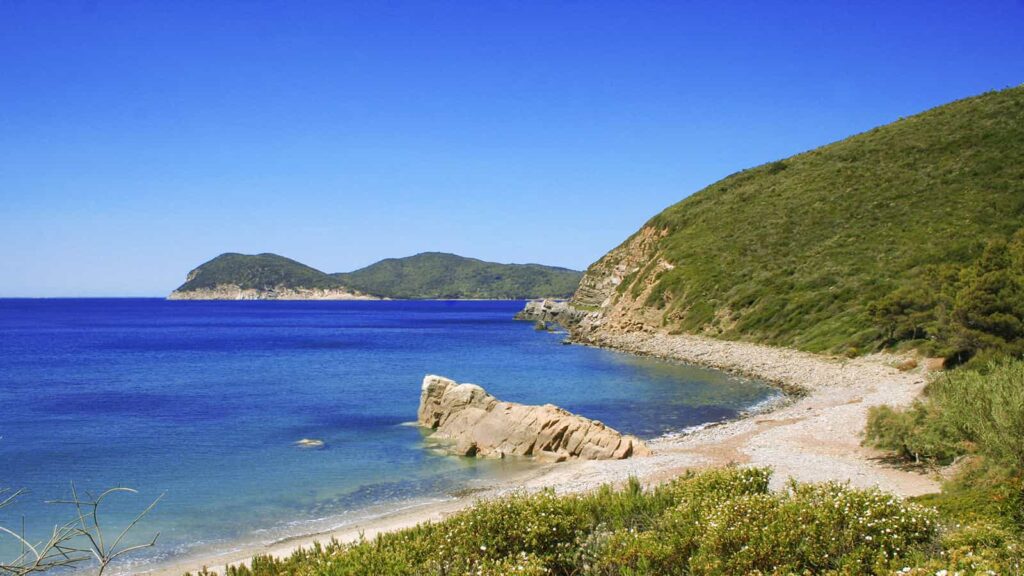
Along this coast, historic villages capture the imagination with their timeless charm. Castiglione della Pescaia enchants with its picturesque narrow streets and panoramic views from the Rocca. Bolgheri, famous for its vines and centuries-old cypresses, offers a unique atmosphere among its cobblestone streets. Suvereto, with its medieval alleys and cozy squares, tells the story of medieval times. Castiglioncello captures the heart with its sandy bays, quiet coves and crystal clear waters.
Castiglioncello is also one of the most sought-after seaside resorts in the Tuscan landscape. Its history, inextricably linked to the Medici family, have always made it a pivotal place in the coastal district. Later it was the Macchiaioli movement with Giovanni Fattori that exported the image of seaside pine forests and sunny hills to the world. Finally in the 1950s and 1960s, Castiglioncello became a destination of choice for Italian artists, writers and actors. Names such as Alberto Sordi, Marcello Mastroianni, Vittorio Gassman and Gina Lollobrigida were often found in this village, attracted by the tranquility and beauty of the place. Castiglioncello’s proximity to Rome, an important center of the Italian film industry, helped make the village an ideal getaway for many movie stars.
Its fame therefore led to the birth of splendid villas and historic residences overlooking the sea. These villas, often surrounded by lush gardens and breathtaking views, are a symbol of elegance and all today highly sought after even on the international scene.
The coast, of course, also connects very well with the islands of the Tuscan Archipelago, a natural jewel set in the Tyrrhenian Sea that constitutes an unspoiled and fascinating paradise. This archipelago consists of seven main islands, each with its own uniqueness and beauty, as well as numerous rocks and stacks emerging from the azure waters.
Elba Island, the largest of the archipelago, is famous for its history associated with Napoleon, but also for its golden sandy beaches and hidden coves. Montecristo Island, shrouded in mystery and recently made accessible again for a small number of visitors per day, is an intact, protected natural paradise populated by pristine flora and fauna. Other major islands include La Capraia, Pianosa, and Giglio Island.
The many piers and harbors along the coast make it easy to move around and organize sea trips for all tastes. Whether it’s reaching one of these islands or just a day’s boat ride cradled by the sea, the possibilities are truly boundless.
Tastes
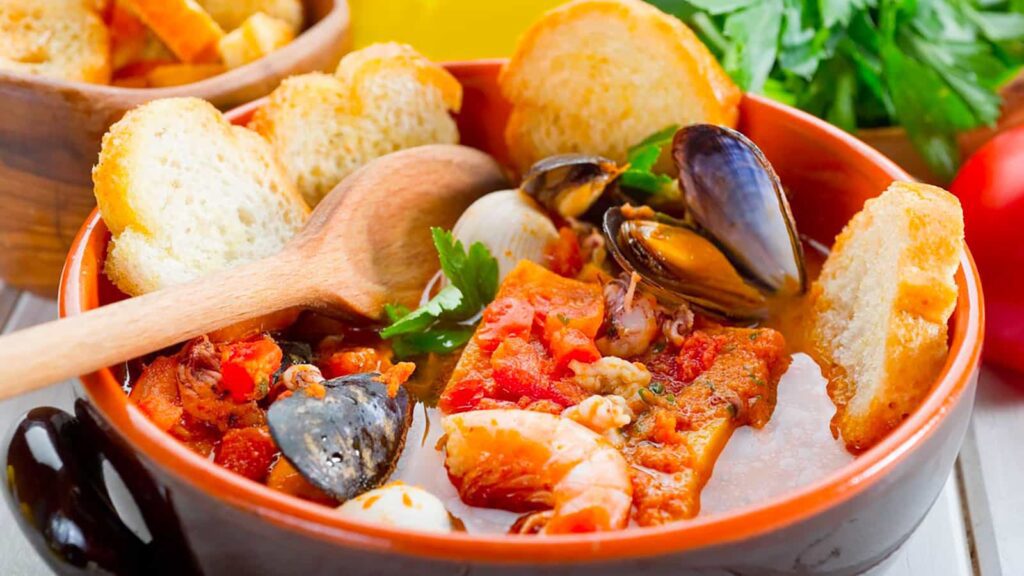
Along the Tuscan coast, the freshness of seafood is combined with the craftsmanship of local cuisine, creating an unparalleled gastronomic experience.
Seafood recipes are authentic masterpieces of flavors and aromas. Fish soups, such as the famous Cacciucco alla Livornese, prepared with local ingredients, bring the genuine taste of the sea back to the tables. Spaghetti with clams and seafood risotto, with their delicate flavor and the aroma of herbs, are a dish of simplicity and elegance that celebrates the goodness of fresh ingredients.
To complement this symphony of flavors, Tuscan wine acts as the perfect companion. Vermentino, an aromatic white wine, blends beautifully with seafood dishes, enhancing the freshness and aroma of the seafood. From inland, Chianti, a robust and harmonious red, elevates meat dishes to new levels of complexity.
Activities
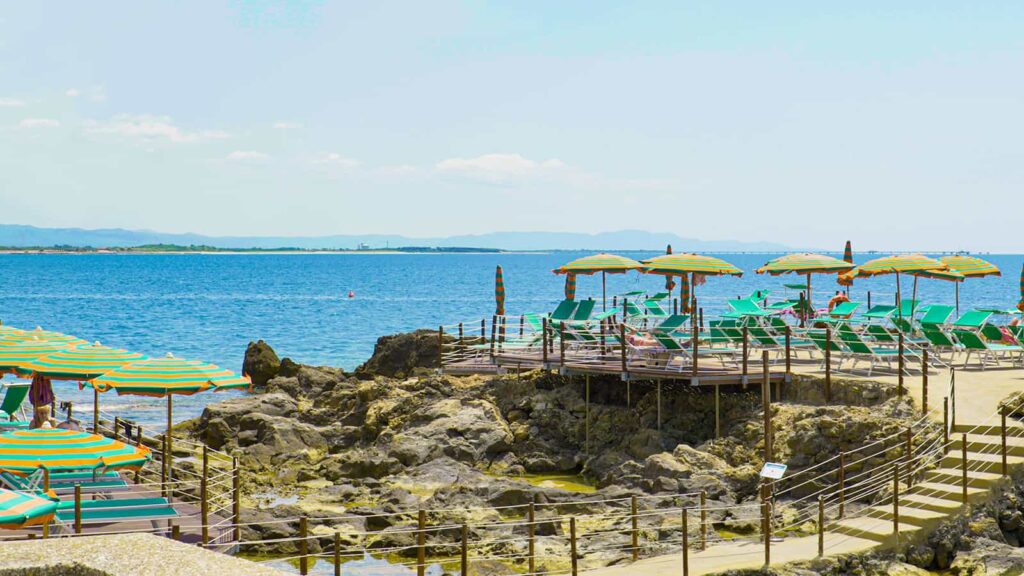
The Tuscan coast, with its wealth of opportunities, is a true paradise for lovers of outdoor activities and authentic experiences.
For those who prefer the sea, the options are endless. Swimmers can dive into the crystal clear waters, devoting themselves to long sessions in these azure waters. The sandy beaches invite you to lie on sunbeds and relax in the sun, while the sound of the waves creates a soothing melody. Surfers find plenty of opportunities along this coast, and surfing lessons can also be found for those who wish to learn or improve their skills.
Scuba diving is a journey to a fascinating and colorful underwater world. For those who prefer land, cycling is a form of exploration that reveals breathtaking views. Routes along the coast, let you breathe in the salty air and admire the boundless sea. The surrounding hills offer greater challenges, but the scenery repays all efforts.
Hiking or horseback riding is an intimate and rewarding way to discover the nature reserves and historic sites that dot the coast. Walking or riding along coastal trails reveals secret corners of beauty, with the sound of waves and sea breeze accompanying every step. Nature reserves, such as Diaccia Botrona, are home to a variety of flora and fauna that fascinate nature lovers.


